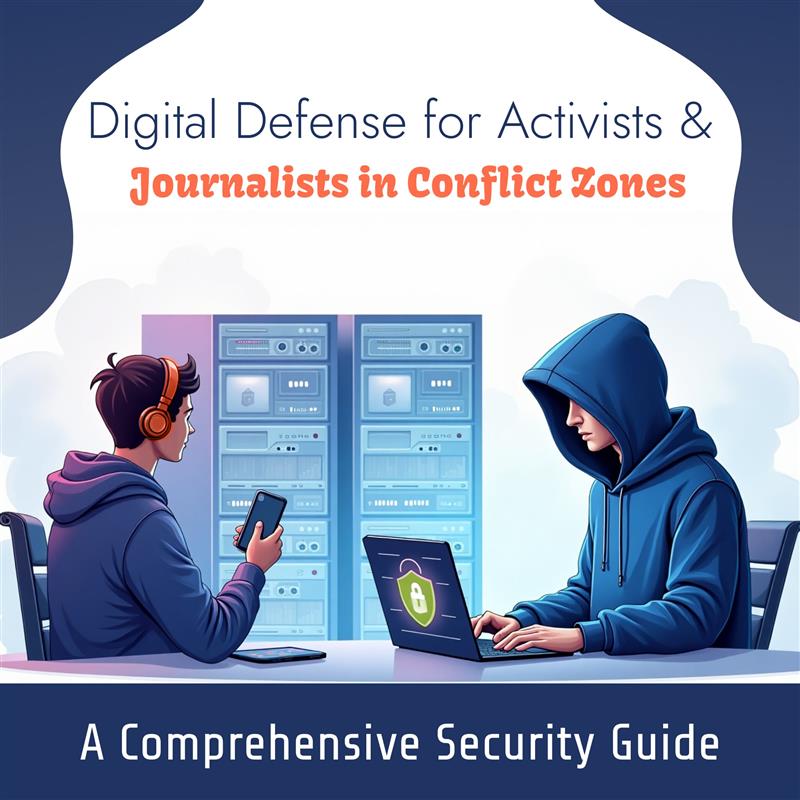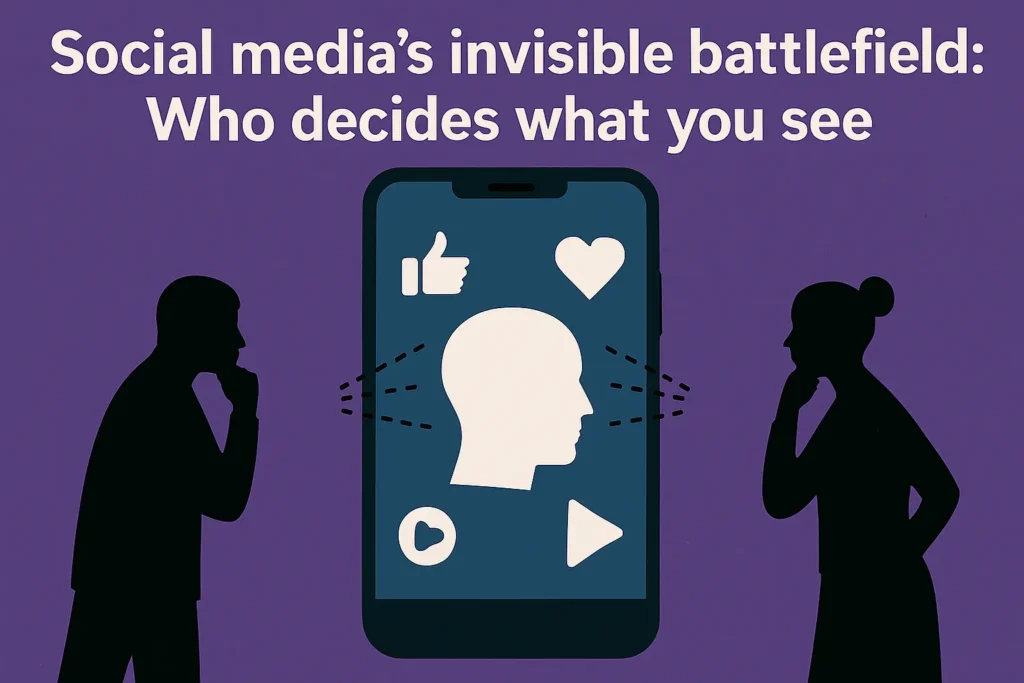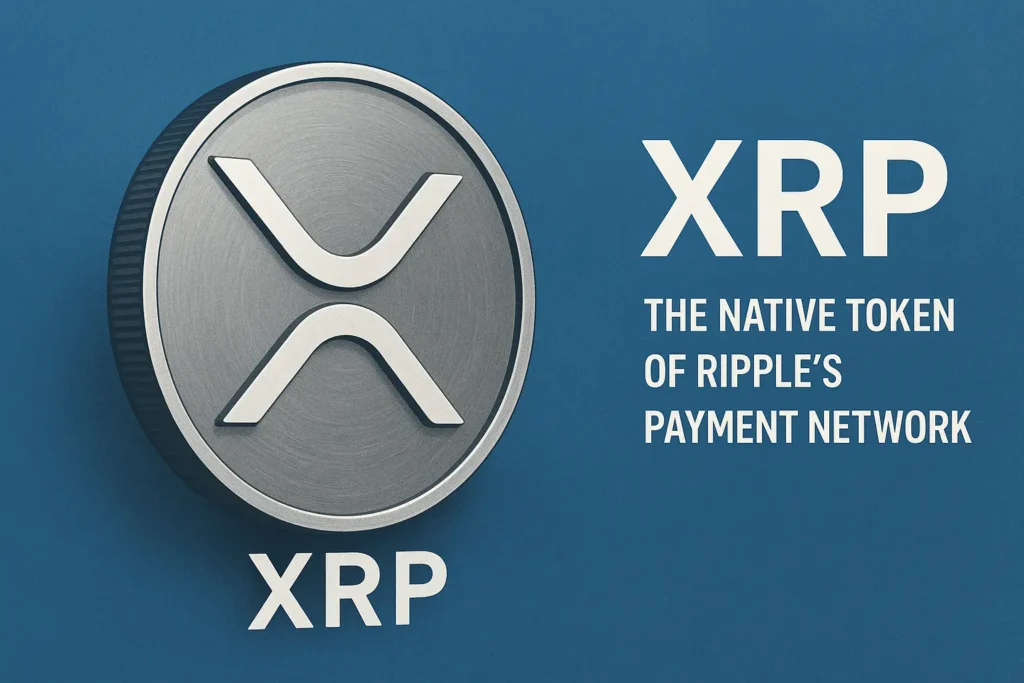
In today’s interconnected world, activists and journalists operating in conflict zones face unprecedented digital threats alongside traditional physical dangers. Modern warfare increasingly includes cyber operations, surveillance technologies, and information warfare tactics that specifically target media professionals and human rights defenders. This comprehensive guide provides essential security protocols and advanced digital defense strategies for high-risk individuals working in or reporting from conflict areas.
The digital battlefield: understanding modern threats
Conflict zones have evolved beyond conventional warfare to encompass sophisticated digital operations. Over 60 cyber activist groups launched attacks during the Israel-Palestine conflict alone, while the Russia-Ukraine war has demonstrated how mobile phone tracking can be “implicated in multiple incidents,” including targeted strikes on military personnel. For journalists and activists, this digital dimension creates new vulnerabilities that require specialized defensive measures.
Key threats in modern conflict zones include:
- State-sponsored surveillance using commercial spyware like Pegasus to target journalists, activists, and their sources
- Mobile device tracking through both military-radio methods and mobile network infrastructure
- Triple-extortion tactics combining data encryption, theft, and DDoS attacks to pressure targets
- AI-enhanced phishing campaigns designed to compromise devices and steal credentials
- Disinformation operations targeting journalists’ credibility and source networks
Establishing secure communications
End-to-End encrypted messaging
The foundation of secure communication lies in properly implemented end-to-end encryption. Signal remains the gold standard for private communications, with security experts consistently recommending it over alternatives like WhatsApp or Telegram for high-risk scenarios. However, Russia-aligned threat actors are increasingly targeting Signal accounts, making proper operational security crucial.
Best practices for encrypted messaging:
- Use Signal for all sensitive communications with sources and colleagues
- Create separate Signal accounts for different operational contexts
- Regularly verify safety numbers with frequent contacts
- Enable disappearing messages for sensitive conversations
- Use burner phone numbers when possible for initial source contact
Secure email systems
Traditional email platforms are inadequate for conflict zone operations. ProtonMail provides encrypted email services specifically designed for journalists and activists, offering Swiss legal protections and zero-access encryption architecture.
Professional email security setup:
- Establish Encrypted email accounts with strong, unique passwords
- Use two-factor authentication with hardware keys when possible
- Create separate email identities for different investigative subjects
- Implement proper email forwarding and auto-delete policies
Apply advanced VPN implementation
A quality VPN such as Astrill VPN or Proton VPN serves multiple functions beyond basic IP masking in conflict zones. Modern VPNs with threat protection can block phishing websites before users ever see them, while providing essential anonymity for research and communication activities.
Check out the following necessary features in a VPN provider:
- Providing strict No-logs policy
- Kill switch functionality to prevent data leaks during connection drops
- Multi-hop connections through servers in different jurisdictions
- Built-in threat protection against malware and phishing attempts
- Tor-over-VPN capabilities for maximum anonymity
Device security and operational security (OPSEC)
Mobile devices present the highest risk in conflict zones due to their tracking capabilities and constant connectivity. Mobile phones can be tracked through multiple methods including military-radio systems and cellular network infrastructure, making proper device security essential.
Look for Critical mobile security measures such use dedicated work devices separate from personal phones, disable location services for all non-essential applications and enable full-disk encryption with strong passphrases. It is also advisable to Implement remote wipe capabilities for devices that may be captured.
Computer security protocol
Work computers require specialized configurations for conflict zone operations. Dedicated work computers should sacrifice convenient features like Bluetooth and USB ports for enhanced security.
Follow the essential computer security setup:
- Full-disk encryption using FileVault (Mac) or BitLocker (Windows)
- Secure boot configuration to prevent unauthorized OS modifications
- Virtualization for risky activities like opening suspicious attachments
- Regular automated backups to encrypted, offline storage
- Application sandboxing to limit potential malware damage
Advanced digital defense techniques
Threat intelligence collection through open source intelligence
Open-source intelligence has become an essential tool for identifying and responding to cyber threats in relation to geopolitical events, enabling activists and journalists to connect geopolitical events to actionable steps through the Event-Action Chain framework that links incidents to vulnerabilities, threats, risks, and responses.
Professional threat intelligence involves analyzing reports from government agencies, international organizations, scientific publications, and credible media sources, while conducting thorough analysis of cybersecurity reports issued by government agencies, security consultancies, and cybersecurity organizations.
Digital forensics implementation for evidence recovery and malware analysis
Forensic analysis employs four critical steps: write-blocking to prevent evidence tampering, mounting images for analysis, manual browsing through directories, and processing through professional forensics packages. Sandboxing provides an excellent method for analyzing malware behavior and observing outbound connections, processes running in background, registry changes, and other payloads downloaded in isolated environments.
Advanced forensic techniques include reverse steganography and file carving to tap into hidden data through specialized International Organization for Standardization guidelines, while forensic software identifies malware’s nature, functionality, and origins, providing vital intelligence on attackers’ techniques.
Operational security (OPSEC) risk management protocols
OPSEC is a risk-management process that identifies critical information and actively protects it from adversaries through five key analytical questions: what to protect, who to protect it from, likelihood of threats, consequences of failure, and acceptable security trade-offs. Implementation requires detecting sensitive information including client data, financial information, employee details, and intellectual property, then identifying potential threat matrices and analyzing vulnerabilities in security operations. Modern OPSEC strategies incorporate AI-powered risk scoring, continuous monitoring of user behavior, and identity-based access controls, with organizations using adaptive insider risk models.
Technical infrastructure hardening and attack surface reduction
Infrastructure hardening works by condensing attack surfaces to reduce security vulnerabilities, eliminating redundant programs, ports, applications, and access points to prevent hackers from penetrating systems easily. Systems hardening involves audit of existing systems using penetration testing, vulnerability scanning, and configuration management tools, followed by strategic approaches that create phased remediation plans for biggest flaws
Data protection and backup strategies
Secure file storage and sharing
Traditional cloud storage services are inadequate for sensitive journalistic materials. Specialized services like GiraffeDoc provide enhanced end-to-end encryption with role-based access controls specifically for journalists.
Comprehensive backup strategy:
- 3-2-1 backup rule: Three copies of data, on two different media types, with one stored offline
- Encrypted external drives stored in secure, separate locations
- Geographic distribution of backups to prevent total loss during conflicts
- Regular backup testing to ensure data integrity and recoverability
Source protection protocols
Protecting source identity and information requires specialized procedures beyond standard encryption. Digital Security Labs can provide forensic analysis if source protection may have been compromised. Advanced source protection includes:
- Anonymous file submission systems like SecureDrop for initial contact
- Burner devices for high-sensitivity source meetings
- Data compartmentalization to limit exposure if one system is compromised
- Regular security audits of all systems handling source materials
International legal framework and rights
International humanitarian law provides specific protections for journalists in conflict zones under Article 79 of Additional Protocol I of the Geneva Conventions. These protections require that journalists be treated as civilians and protected accordingly, provided they take no direct part in hostilities. Key legal protections includes civilian status protection under international humanitarian law, freedom of expression rights under Articles 19 of the Universal Declaration of Human Rights and UN Security Council Resolution 2222 extending protections for media workers
However, extensive research reveals no binding and enforceable laws specifically addressing journalists’ digital rights, creating gaps in protection that make technical security measures even more critical.
Emergency response and incident management
Threat assessment and risk management
Effective risk assessment involves analyzing five key questions: What am I protecting? Who am I protecting it from? How likely are these threats? What are the consequences of failure? How much trouble am I willing to go through?
Comprehensive threat modeling should consider the following factors:
- Physical security risks including detention, violence, and equipment seizure
- Digital threats from state actors, criminal groups, and hostile non-state actors
- Source protection requirements and potential compromise scenarios
- Communication security needs for different operational contexts
- Data security requirements based on story sensitivity and legal exposure
Incident response procedures
When security incidents occur, rapid response is crucial. Organizations like the Associated Press use real-time alerting systems to protect journalists in conflict zones, demonstrating the importance of systematic incident response.
Apply the following Essential incident response steps:
- Immediate isolation of compromised devices from networks
- Evidence preservation for potential forensic analysis
- Secure communication with support networks and legal counsel
- Source notification if their security may be compromised
- System restoration using clean backups and verified secure configurations
Conclusion
Digital defense in conflict zones requires a comprehensive, layered approach combining technical security measures with operational discipline and legal awareness. With over 50% of journalist killings occurring in crisis and conflict zones, and digital threats increasing exponentially, robust cybersecurity is no longer optional, it’s essential for survival and operational effectiveness.
The investment in digital security infrastructure pays dividends not only in personal safety but in maintaining the integrity of journalism itself. Every year, hundreds of journalists are killed or imprisoned for their reporting, with thousands more facing surveillance and censorship. By implementing these digital defense strategies, journalists and activists can continue their critical work while minimizing risks to themselves, their sources, and their organizations.
You could close this page. Or you could join our community and help us produce more materials like this.
We keep our reporting open and accessible to everyone because we believe in the power of free information. This is why our small, cost-effective team depends on the support of readers like you to bring deliver timely news, quality analysis, and on-the-ground reports about Russia's war against Ukraine and Ukraine's struggle to build a democratic society.
Become a patron or see other ways to
support.






